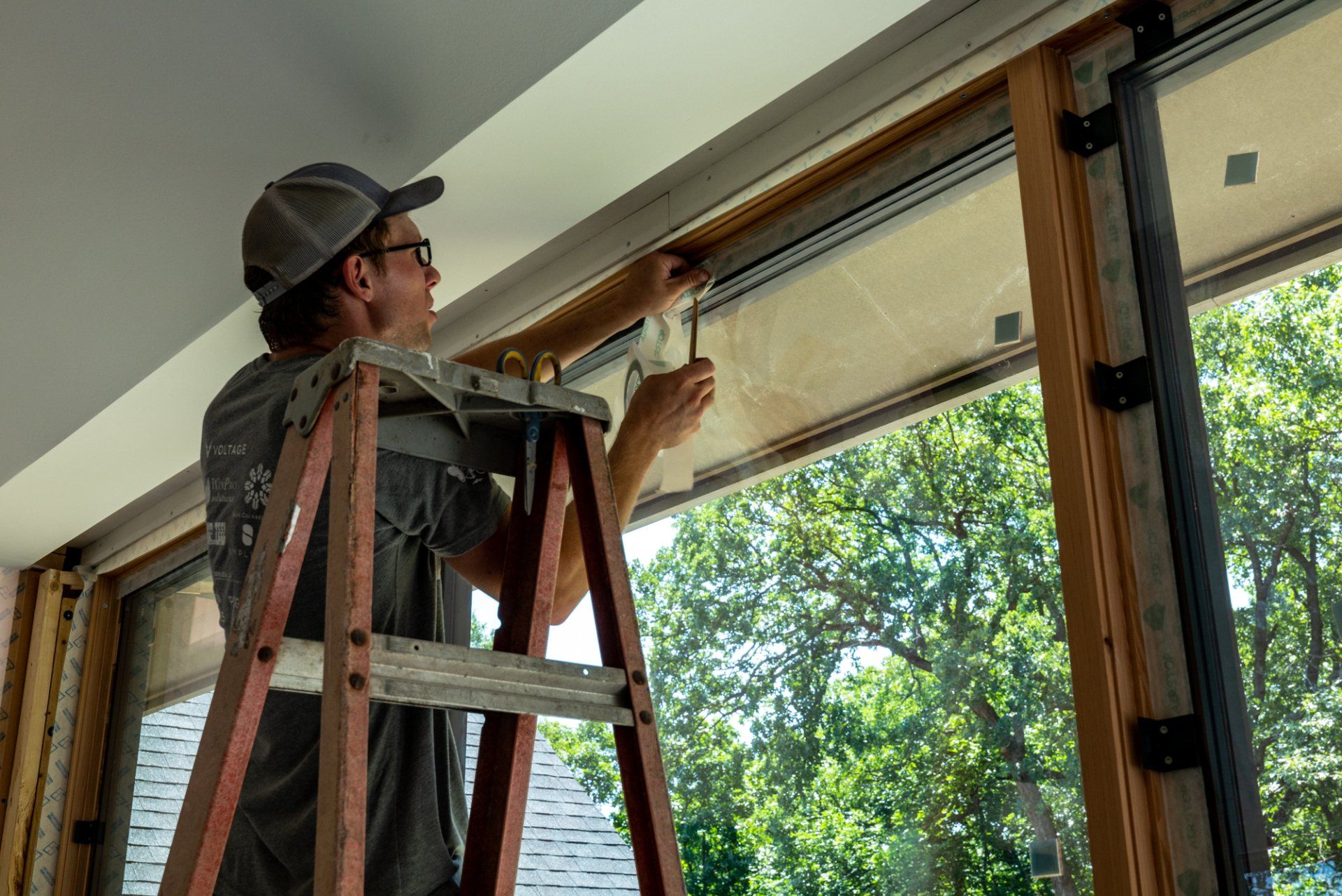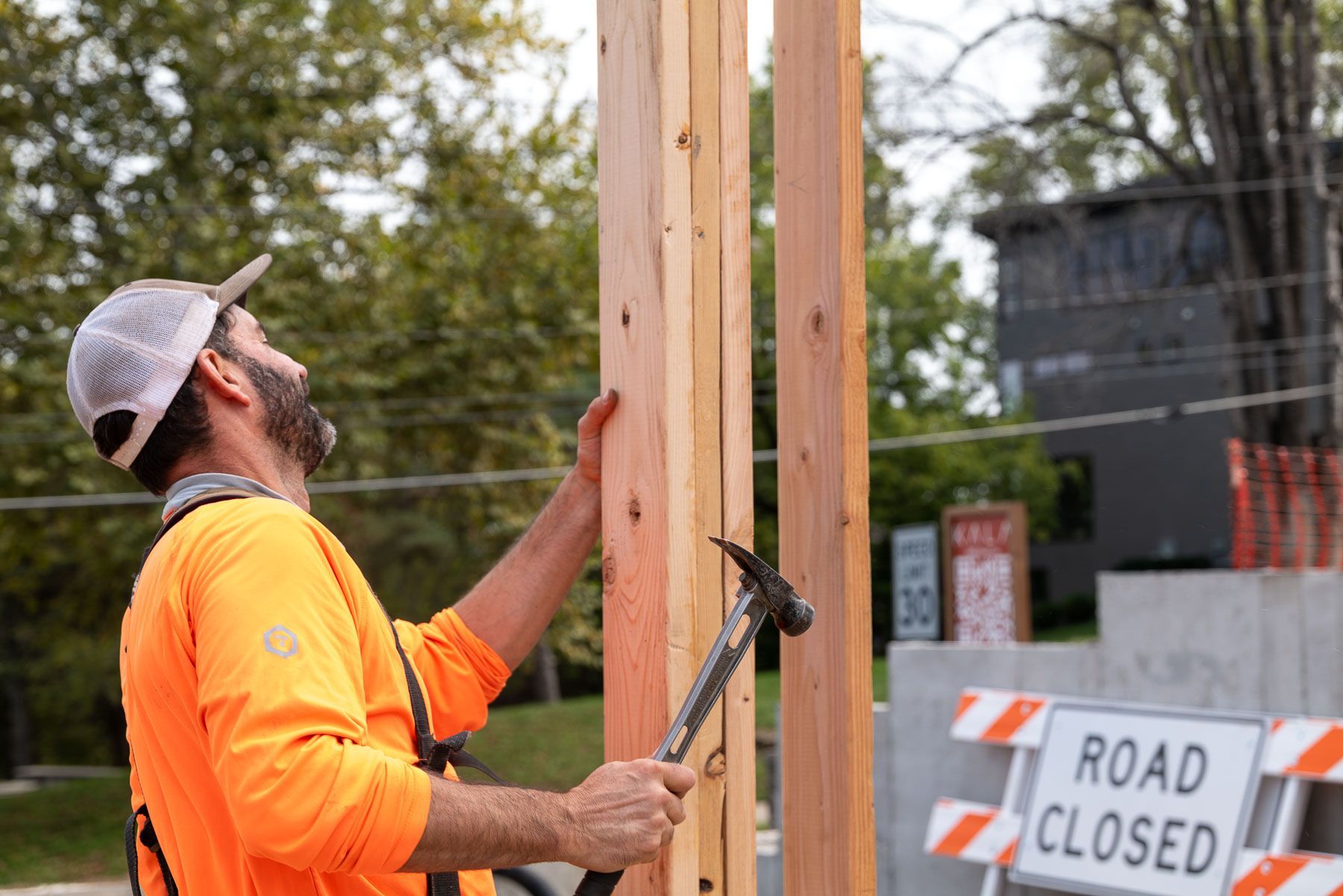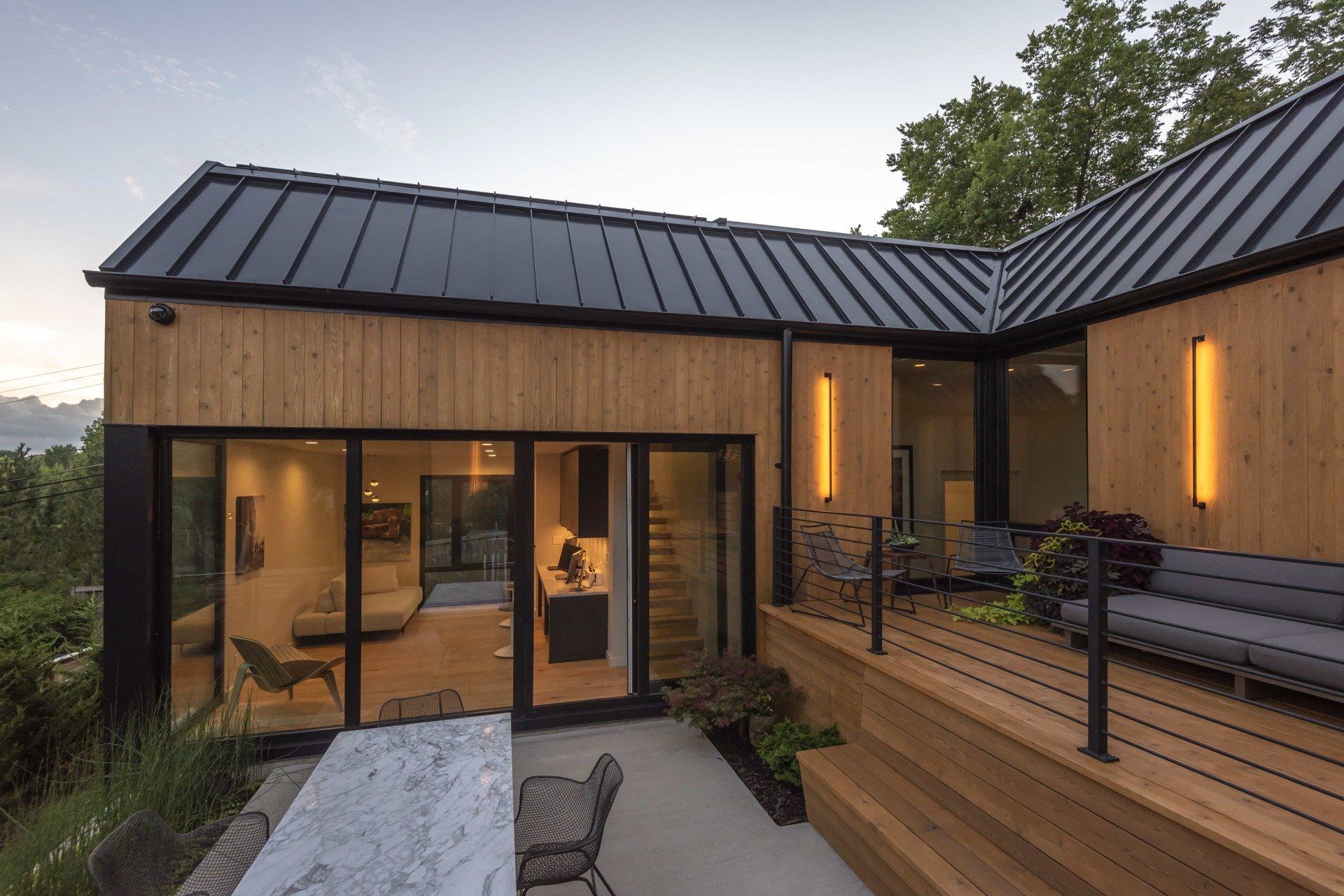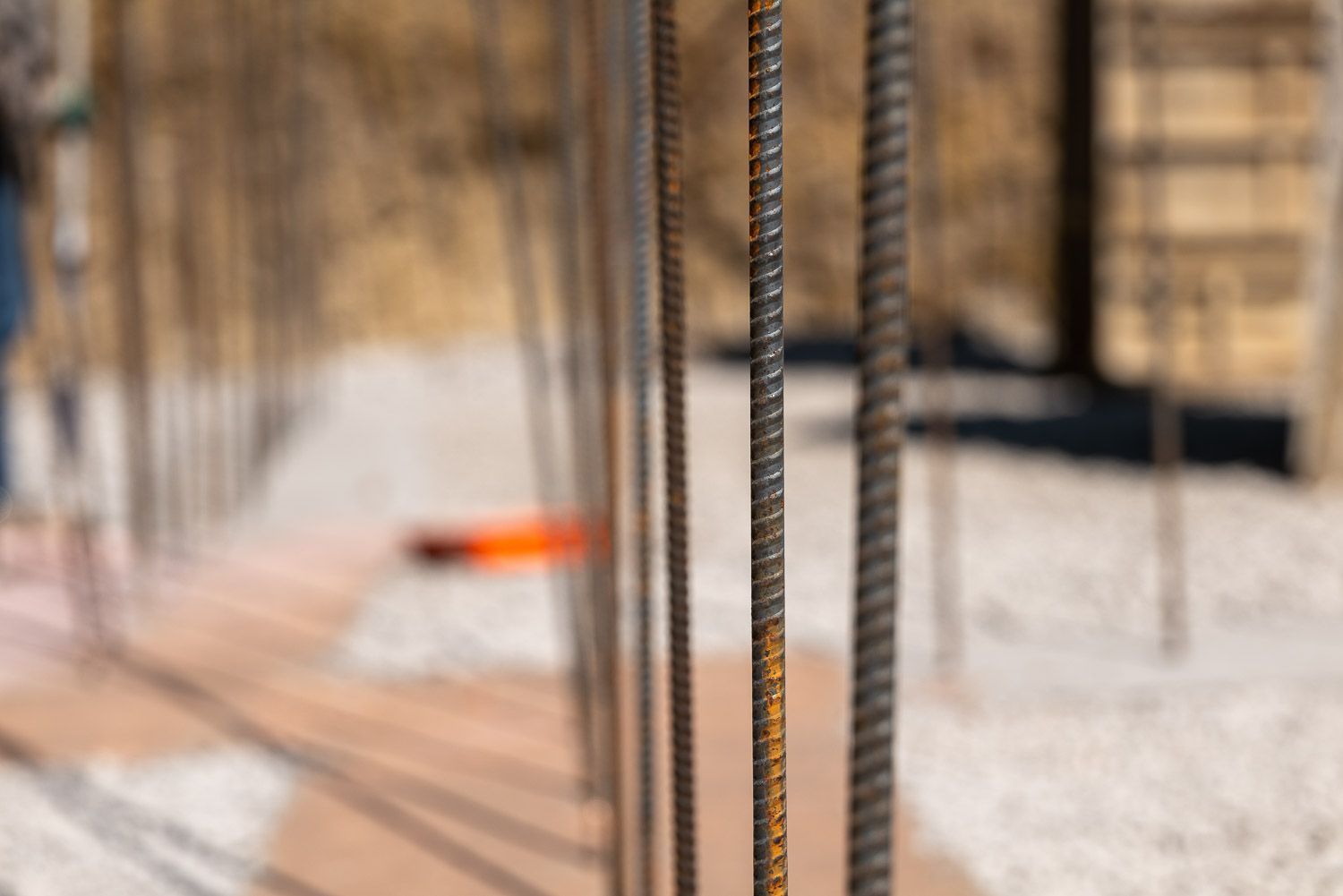HERS Ratings + Energy Efficiency

What is a HERS Rating and Why Does it Matter in an Energy Efficient Home?
Energy efficiency is one of the biggest motivators people have for building high-performance homes. Whether the driving factor is reducing environmental footprint, cutting your utility costs, minimizing the total cost of ownership, or all three, most people would prefer an efficient home over a non-efficient one. More importantly, coupled with passive house building techniques, achieving an excellent HERS rating means your home will be healthier via the highest standard of air quality, comfortable in all weather conditions, and more durable with minimal maintenance required.
Let’s explore how a HERS rating can factor into your search for a more energy efficient home.
What Does HERS Mean?
HERS stands for Home Energy Rating System.
It was created by Residential Energy Services Network (RESNET®), a non-profit organization whose energy efficiency standards are accepted across the construction industry and recognized by state and federal government entities, including the U.S. Department of Energy.
One of RESNET’s primary goals is to create a net zero residential energy sector by 2040. Creating the HERS Index was a major step toward achieving this ambitious aim.
How are Homes Rated on the HERS Index?
The HERS Index is a scale. Like in golf, the lower the score, the better (although unlike it, you can’t end up at or under par). Once the structure is finished, a certified RESNET Home Energy Rater assesses the energy efficiency of a house compared to a reference home that’s the same size, type, and shape. They then assign a HERS Index number as a relative performance score. This ensures accuracy and fairness, as smaller homes aren’t being rated against larger ones, or vice versa.
What Factors are Included in a HERS Rating?
While each house is rated with an overall number, it’s actually a composite of an in-depth assessment that incorporates several different aspects of the home’s construction that can significantly impact energy efficiency. According to RESNET, these are:
- All exterior walls (both above and below grade)
- Floors over unconditioned spaces (like garages or cellars)
- Ceilings and roofs
- Attics, foundations, and crawl spaces
- Windows and doors, vents, and duct work
- HVAC system, water heating system, and your thermostat
- Air leakage of the home
- Leakage in the heating and cooling distribution system
What's a Typical HERS Score for New and Used Homes?
HERS ratings can vary quite dramatically due to a number of variables in addition to those listed above, including the age of the home, its overall durability and construction quality, the age and performance of its main systems, and damage/decay. In 2008 as part of the Building America project, the U.S. Department of Energy sought to create reference points for people wanting to compare their current home or one they planned to build against median values for existing and new houses. They determined that the typical new home built to 2006 energy efficiency standards has a HERS rating of 100, while a resale will usually be at 130. However, some existing homes could be a lot higher.
Why are Traditionally Built Houses Not Energy Efficient?
Many new and existing homes are anything but efficient, leaking energy through inadequately insulated walls and leaky windows and wasting it with inefficient HVAC systems, appliances, and lighting. Cost cutting with cheap materials is also a common issue, as these are less energy efficient to begin with and decline rapidly over time. These shortcuts and quality control challenges lead to a greater environmental impact and, together with rapidly increasing utility costs, higher monthly energy bills.
What Improves Energy Efficiency in a High-Performance Home?
Building an energy efficient home starts with creating a well-insulated, tightly sealed envelope around the entire building to minimize energy loss through the walls, foundation, and roof. Premium windows and doors installed meticulously also cut down on the movement of excess air, light, and heat.
State-of-the-art heating and cooling systems maintain a stable, comfortable indoor environment all year round while using a tiny fraction of the energy that regular HVAC systems consume. High-performance builders also encourage their clients to select the most energy efficient appliances and utilize plumbing fixtures that require less water.
Why Does a HERS Rating Matter?
While not every new home builder goes through the process of having a certified RESNET rater assess their projects to attain a HERS rating, there are a few scenarios where it is beneficial or even a requirement.
In the case of the Beacon Hill Passive House, we were required to submit the home's HERS rating as part of the Phius certification process.
Another reason for getting a HERS rating is for the Residential Green and Energy Efficient Addendum. The addendum is a tool that is used to communicate high performance features of a home which can be overlooked by real estate agents, appraisers, and financial institutions. In order to submit the addendum, a HERS rating must be included and the full HERS report has to be attached to the submission.
Some residential real estate markets have implemented green features within MLS that allow buyers to search for properties based on green features, including a HERS score. While this options hasn’t been introduced to the Kansas City market, we have to create a database of homes with HERS ratings for potential buyers to be able to find them once we have the opportunity to search in this manner.
How Much Can a Low HERS Rating Reduce My Utility Costs?
A recently completed Kala home in Kansas City’s historic Beacon Hill neighborhood became the first Certified Passive House in Missouri. The HERS rating was 32, meaning the home is 68 percent more efficient than the typical new build and much more so than the average resale house. It also met or exceeded Energy Star 3 and 3.1 criteria. Experience has shown that a Kala home will save a customer thousands of dollars per year in energy costs while providing the healthiest, most comfortable, and durable living experience possible.
Want to learn how you can build an energy efficient home or retrofit your current house to achieve a low HERS rating plus other high-performance features? Contact us today!







